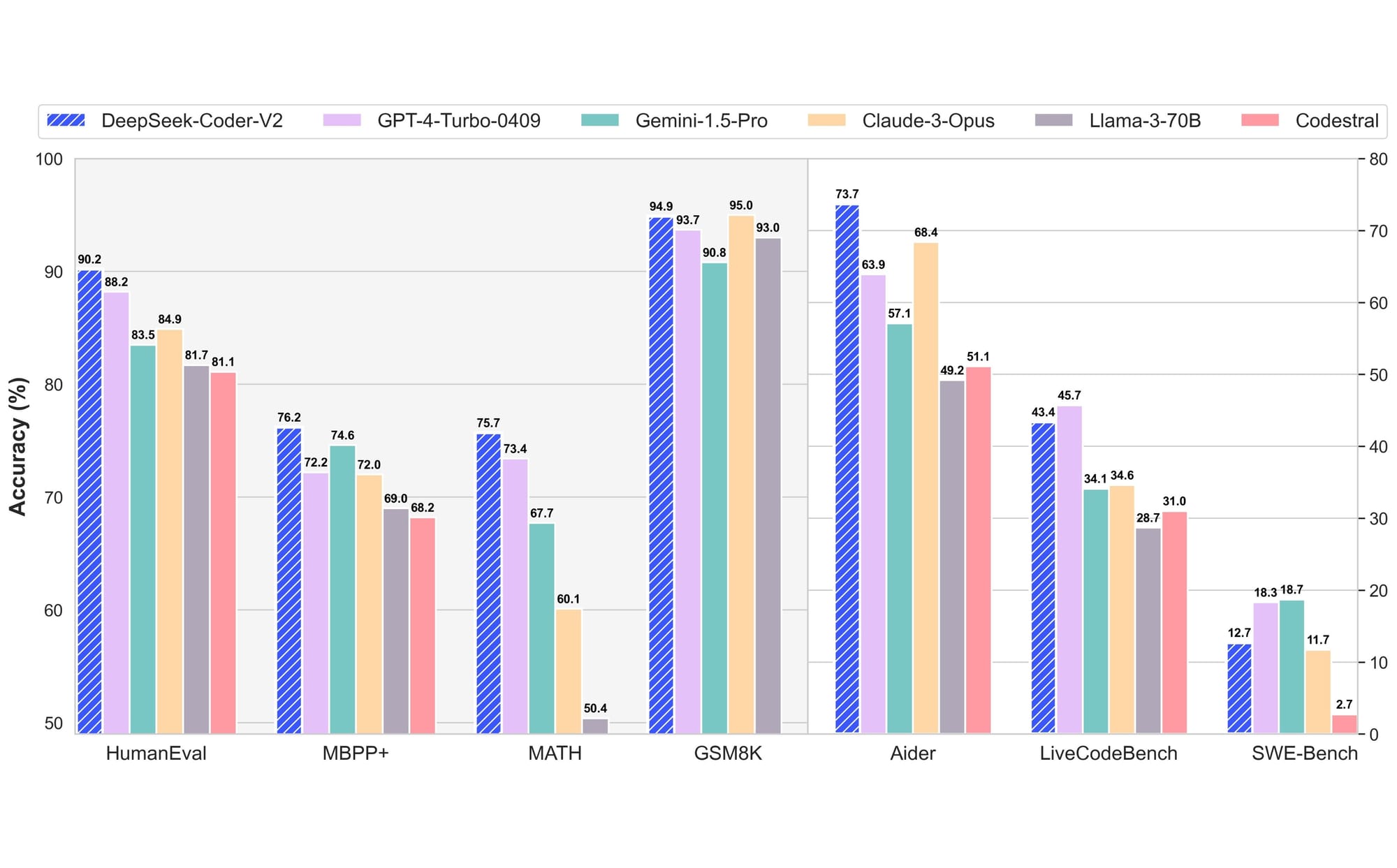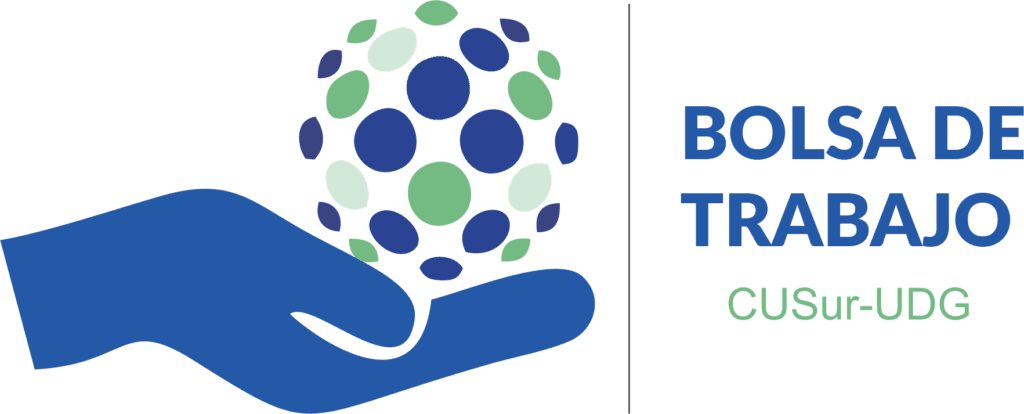
Satinestone
FollowOverview
-
Founded Date noviembre 27, 2017
-
Sectors Periodismo
-
Posted Jobs 0
-
Viewed 60
Company Description
Researchers Reduce Bias in aI Models while Maintaining Or Improving Accuracy
Machine-learning designs can fail when they attempt to make predictions for individuals who were underrepresented in the datasets they were trained on.

For instance, a design that predicts the very best treatment alternative for someone with a chronic illness might be trained utilizing a dataset that contains mainly male clients. That model may make inaccurate forecasts for female clients when released in a health center.
To enhance results, engineers can attempt stabilizing the by getting rid of information points till all subgroups are represented equally. While dataset balancing is promising, it often needs getting rid of big quantity of data, hurting the design’s general performance.
MIT researchers established a new method that identifies and eliminates specific points in a training dataset that contribute most to a design’s failures on minority subgroups. By eliminating far less datapoints than other approaches, this method maintains the general precision of the model while enhancing its performance relating to underrepresented groups.
In addition, the technique can determine hidden sources of predisposition in a training dataset that lacks labels. Unlabeled information are even more widespread than identified data for lots of applications.
This technique could also be combined with other techniques to enhance the fairness of machine-learning designs deployed in high-stakes situations. For instance, it might someday assist ensure underrepresented clients aren’t misdiagnosed due to a prejudiced AI design.

“Many other algorithms that attempt to resolve this concern presume each datapoint matters as much as every other datapoint. In this paper, we are revealing that presumption is not real. There specify points in our dataset that are adding to this predisposition, and we can discover those information points, remove them, and get much better performance,” says Kimia Hamidieh, an electrical engineering and computer system science (EECS) graduate trainee at MIT and co-lead author of a paper on this technique.
She composed the paper with co-lead authors Saachi Jain PhD ’24 and fellow EECS graduate trainee Kristian Georgiev; Andrew Ilyas MEng ’18, PhD ’23, akropolistravel.com a Stein Fellow at Stanford University; and senior authors Marzyeh Ghassemi, an associate teacher in EECS and a member of the Institute of Medical Engineering Sciences and the Laboratory for Details and Decision Systems, and Aleksander Madry, the Cadence Design Systems Professor at MIT. The research will be provided at the Conference on Neural Details Processing Systems.
Removing bad examples

Often, machine-learning models are trained using big datasets collected from numerous sources across the internet. These datasets are far too large to be thoroughly curated by hand, so they may contain bad examples that injure design efficiency.
Scientists also understand that some data points impact a model’s performance on certain downstream tasks more than others.

The MIT scientists combined these two concepts into a technique that identifies and removes these bothersome datapoints. They look for to solve a problem understood as worst-group error, which takes place when a model underperforms on minority subgroups in a training dataset.
The researchers’ new strategy is driven by prior operate in which they presented a method, called TRAK, that identifies the most important training examples for a particular design output.
For this brand-new strategy, they take incorrect predictions the design made about minority subgroups and utilize TRAK to identify which training examples contributed the most to that incorrect forecast.
“By aggregating this details across bad test forecasts in the right method, we have the ability to find the particular parts of the training that are driving worst-group accuracy down in general,” Ilyas explains.
Then they remove those particular samples and retrain the model on the remaining data.
Since having more data usually yields better overall efficiency, eliminating simply the samples that drive worst-group failures maintains the model’s overall precision while improving its efficiency on minority subgroups.
A more available method
Across 3 machine-learning datasets, their approach surpassed several techniques. In one instance, it improved worst-group accuracy while eliminating about 20,000 less training samples than a standard data balancing method. Their technique also attained higher accuracy than approaches that require making modifications to the inner workings of a design.

Because the MIT technique involves altering a dataset instead, it would be easier for a professional to use and can be used to numerous kinds of models.

It can likewise be made use of when predisposition is unidentified because subgroups in a training dataset are not identified. By determining datapoints that contribute most to a function the design is discovering, they can comprehend the variables it is utilizing to make a forecast.
“This is a tool anybody can use when they are training a machine-learning design. They can take a look at those datapoints and see whether they are aligned with the capability they are attempting to teach the model,” says Hamidieh.
Using the technique to spot unidentified subgroup bias would require intuition about which groups to look for, so the scientists want to verify it and explore it more fully through future human research studies.

They also wish to improve the performance and reliability of their strategy and guarantee the technique is available and user friendly for practitioners who might sooner or later release it in real-world environments.
“When you have tools that let you critically take a look at the information and determine which datapoints are going to cause bias or other undesirable behavior, it gives you a first step towards structure designs that are going to be more fair and more dependable,” Ilyas says.
This work is moneyed, in part, by the National Science Foundation and the U.S. Defense Advanced Research Projects Agency.
